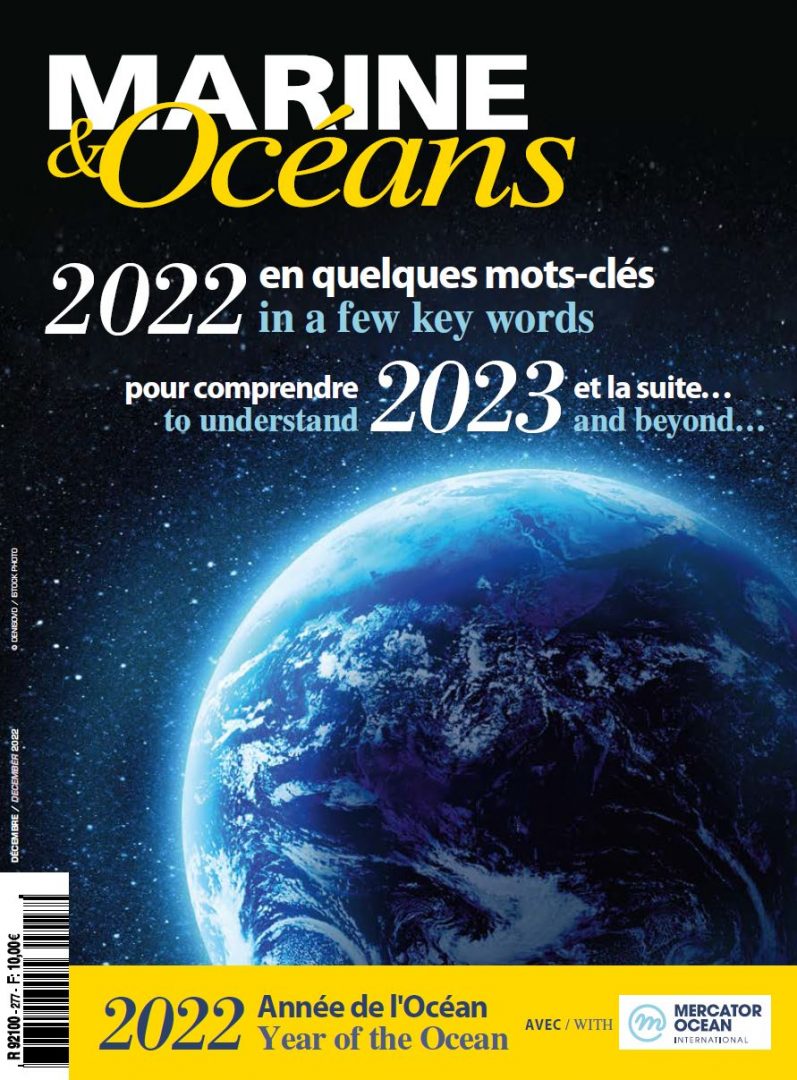As international maritime transport must comply with ever-stricter environmental standards, smart shipping digital solutions can help.
By Anouar Kiassi
VP Digital & Information Gaztransport & Technigaz (GTT)

Smart shipping is a combination of cutting-edge digital technologies, such as the Internet of Things (IoT)(1), artificial intelligence or big data, that improves the economic and environmental impact of a ship thanks to calculations we were unable to do until recently. Smart shipping is already being leveraged to support the decarbonization of global maritime transport. It is the ship-owners’ best ally in complying with the new environmental standards from the International Maritime Organization, which aim at cutting CO2 emissions by 40% by 2030 and by 50% by 2050.
Smart shipping builds connections between all emission reduction technologies. Digital has already revolutionized many shipboard tasks by, for example, optimizing routing, engine load, trim or hull maintenance – which is now predictive.
Thanks to data acquisition connected to sensors positioned on the ship (mass flowmeters, gas or movement analyzers …), crews on board and on land have immediate access to detailed analysis, so they can maximize their ship performance optimization.
Digital also contributes to safety, enabling crew members to have the right reaction when facing certain risks for themselves, the ship or its cargo. Advanced digital functions such as multicriteria route optimization thus enable them to avoid dangerous itineraries, participating in preserving the environment as well because in addition to potential human losses, damages or wreckage can also cause true ecological catastrophes.
These technological evolutions will play a key role in the transformation of sea transport, without a doubt. First in contributing to the development of autonomous ships, which are already a reality as such ships are already operating on certain routes. Then by supporting the industry in its energy transition, via the use of alternatives to heavy fuel oil.
For GTT, smart shipping solutions combined with the use of liquefied natural gas (LNG) as fuel constitute the best immediately available solution to significantly reduce the emissions of operating ships, and thus achieve our objectives.
LNG fuel, of which GTT is a leading global expert(2), is a key lever for decarbonizing sea transport. As soon as a ship is put into service, LNG allows for a 20% reduction of its CO2 emissions. It also reduces emissions of other polluting substances threatening public health: by 92% for nitrogen oxide, 99% for sulfur oxides et 91% for fine particles. It’s also a transitioning energy that will continue to reduce its own carbon footprint as it evolves toward bio-LNG and, over the long term, towards synthetic and renewable LNG.
Developing technologies for a sustainable world is a wonderful but long-term endeavor, because of the many challenges that have to be conciliated. It requires strong convictions, a lot of imagination and constant innovation efforts. To take up the new challenges that the maritime industry is facing, we must combine diverse skills and complementary technologies. All talents at GTT are mobilized to contribute to this global effort.
—
- The Internet of Things (IoT) describes physical objects (or groups of such objects) with sensors, processing ability, software, and other technologies that connect and exchange data with other devices and systems over the Internet or other communications networks. Source: Wikipedia.
- GTT is an expert in membrane containment systems for the transportation and storage of liquefied gases.


